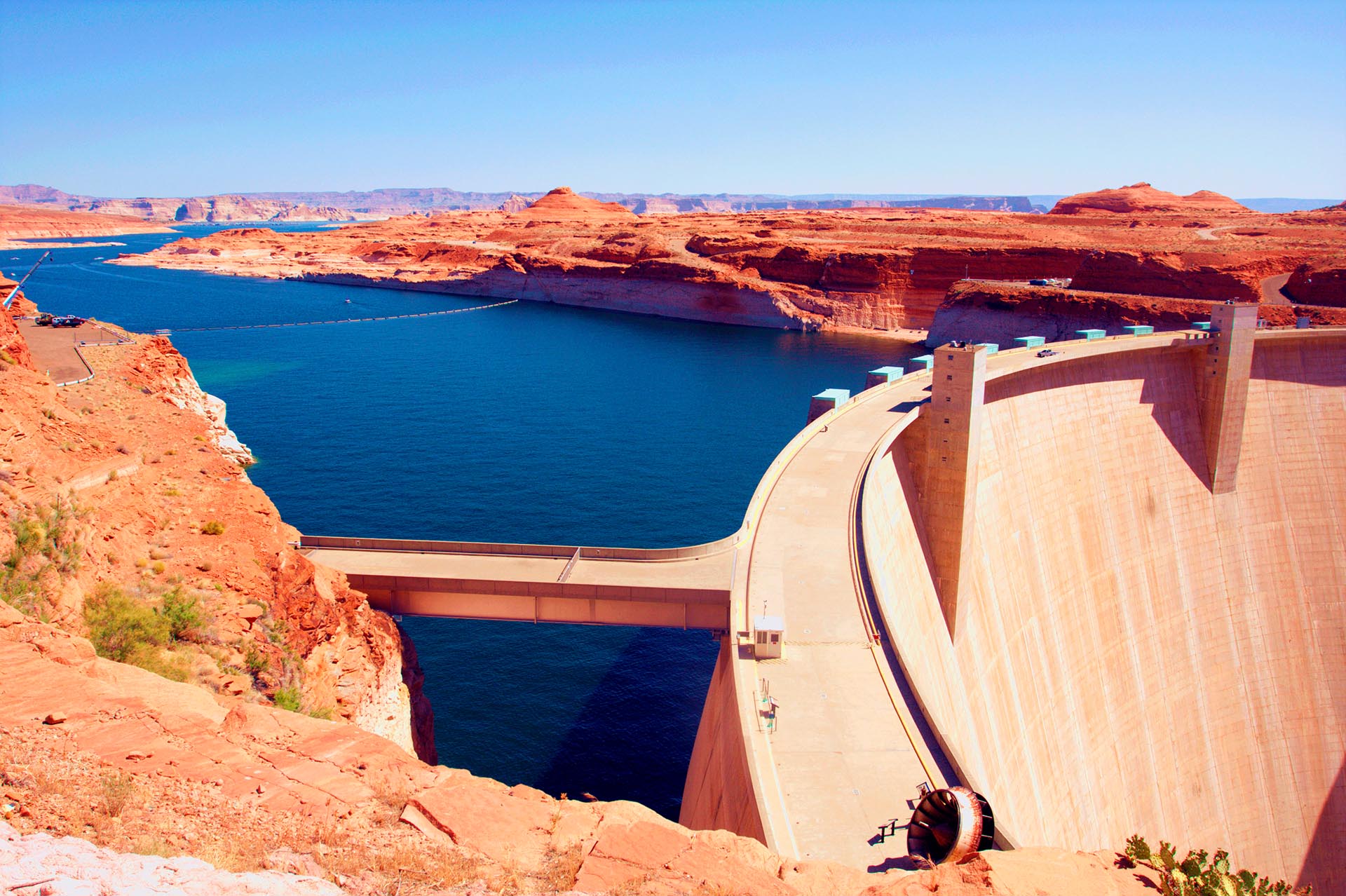The latest developments in negotiating water management for the Colorado River have brought renewed focus to the necessity of innovation and teamwork among the lower basin states—California, Arizona, and Nevada. These states, dependent on the river's dwindling resources, recently sent a formal letter to U.S. Secretary of the Interior Doug Burgum, urging a federal evaluation of their proposed strategies for managing water after 2026, when the current framework is set to expire. As the deadline looms, regional leaders emphasize the urgency of crafting sustainable solutions to meet the growing challenges of persistent drought, increasing demand, and outdated infrastructure.
Addressing Expiring Agreements and Federal Oversight
The lower basin states' joint plea stems from concerns about insufficient federal consideration of their shared proposal for post-2026 water management. With ongoing drought reducing water availability and increased demands placing additional strain on allocations, the current system is no longer seen as adequate. The letter underscores the fragility of the current agreements, emphasizing the importance of crafting operational strategies that effectively balance modern needs with the historic water rights entrenched in the system.
A key concern is the potential for conflict if water-sharing adjustments fail to meet the needs of all basin stakeholders. The states warn that the absence of a well-rounded, inclusive approach could exacerbate tensions among users, threatening the cooperation that has historically underpinned Colorado River resource management. Collaborative planning, the letter stresses, remains essential to avoiding a future marked by litigation or unilateral actions that could jeopardize decades of progress.
An Infrastructure Crisis at Lake Powell
At the heart of the lower basin’s worry is the deteriorating state of critical infrastructure, particularly the Glen Canyon Dam, which underpins water regulation across the Colorado River system. The Glen Canyon Dam, which forms Lake Powell, has struggled to maintain consistent water flow to downstream areas amidst dwindling water levels. This poses risks not just to delivery obligations to the lower basin but also to the overall stability of the river’s system. Low water levels threaten the dam’s ability to generate hydropower and to reliably manage discharge rates, which could trigger disruptions for millions reliant on its stability.
In their letter, the lower basin states call for prioritized investment to strengthen this essential infrastructure. Ensuring the dam’s operational reliability is vital to mitigating potential future disruptions in water distribution. Proactive upgrades, such as modernizing equipment and managing sediment accumulation, could help safeguard the region's fragile water systems. If such investments are delayed further, the repercussions for both water security and energy production could be catastrophic, particularly as climate change accelerates environmental unpredictability.
A Call for Unity
The three states’ appeal emphasizes the importance of unity and collaboration when shaping new water management guidelines. They urge against the federal government imposing unilateral solutions, as this approach risks disregarding the nuances of decades-long negotiations. Disputes settled through litigation, rather than dialogue, could unravel hard-won progress on resource sharing and spark further contention in an already strained system.
Collectively, the basin states have a long history of problem-solving through dialogue and shared responsibility in tackling water management challenges. Preserving this cooperative spirit will be critical as stakeholders balance competing demands for limited resources while ensuring equity among upper and lower basin states. Without this foundation, any solution risks eroding trust, making it harder to achieve durable agreements.
The Interior Department's Commitment
In response to the concerns raised by California, Arizona, and Nevada, the Interior Department reaffirmed its commitment to fostering collaboration among all states reliant on the Colorado River. A department spokesperson emphasized their efforts to maintain a consistent dialogue, noting that consensus-driven solutions remain a priority. However, achieving consensus amid the complex realities of competing water rights, economic pressures, and climate impacts will require a significant commitment to compromise and creativity from all involved.
Broader Political Implications
Complicating these negotiations are broader political and financial challenges that exacerbate existing difficulties. For instance, the lasting impact of the Trump administration’s freeze on drought-mitigation funding delayed critical infrastructure investments and hindered efforts to modernize water management systems. These delays, combined with prolonged debates about equitable resource sharing, underscore the need for decisive action supported by federal funding and leadership. Addressing these challenges will require a renewed focus on long-term infrastructure enhancements and sustainable resource planning.
Navigating a Sustainable Future
As the 2026 expiration of current agreements approaches, the urgency to finalize a water-sharing framework for the Colorado River has never been clearer. With persistent drought reducing water supplies, outdated infrastructure on the brink of failure, and population growth increasing demand, lower basin states must tackle these challenges head-on to secure their access to this life-sustaining resource. Prioritizing investments in infrastructure upgrades—like improvements to the Glen Canyon Dam—alongside consensus-driven policymaking, will be vital to ensuring reliable water delivery systems and equitable resource distribution in the decades ahead.
Perhaps most importantly, preserving the cooperative approach that has historically guided Colorado River governance will be paramount. Collaborative solutions, rather than imposed measures or lawsuits, will prove key to maintaining stability and fostering innovative strategies to address environmental uncertainties. While no small task, finding sustainable solutions will protect millions of lives and livelihoods dependent on the Colorado River’s continued flow. As the deadline draws near, the clock is ticking on resolving one of the most pressing water crises in modern history.
